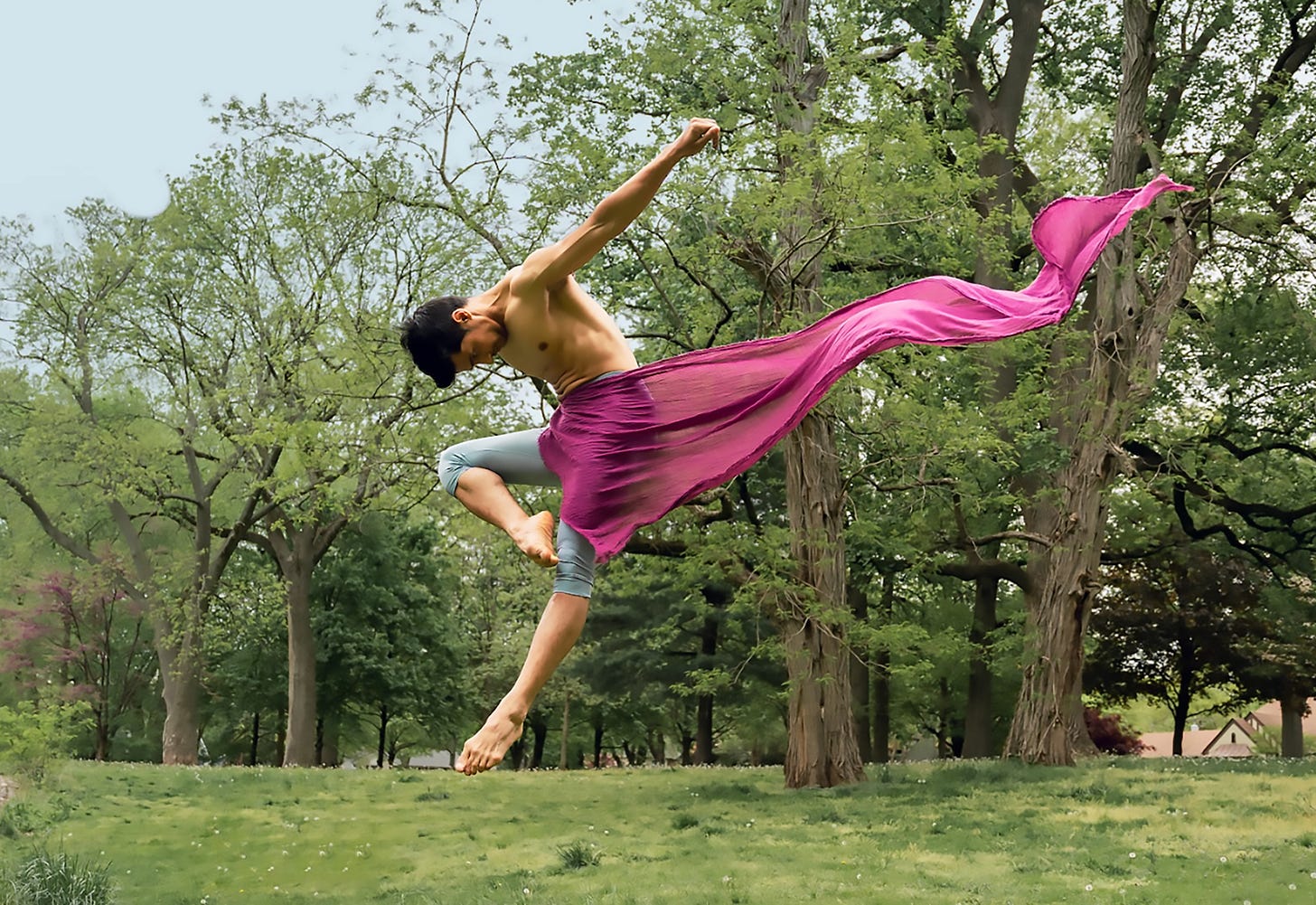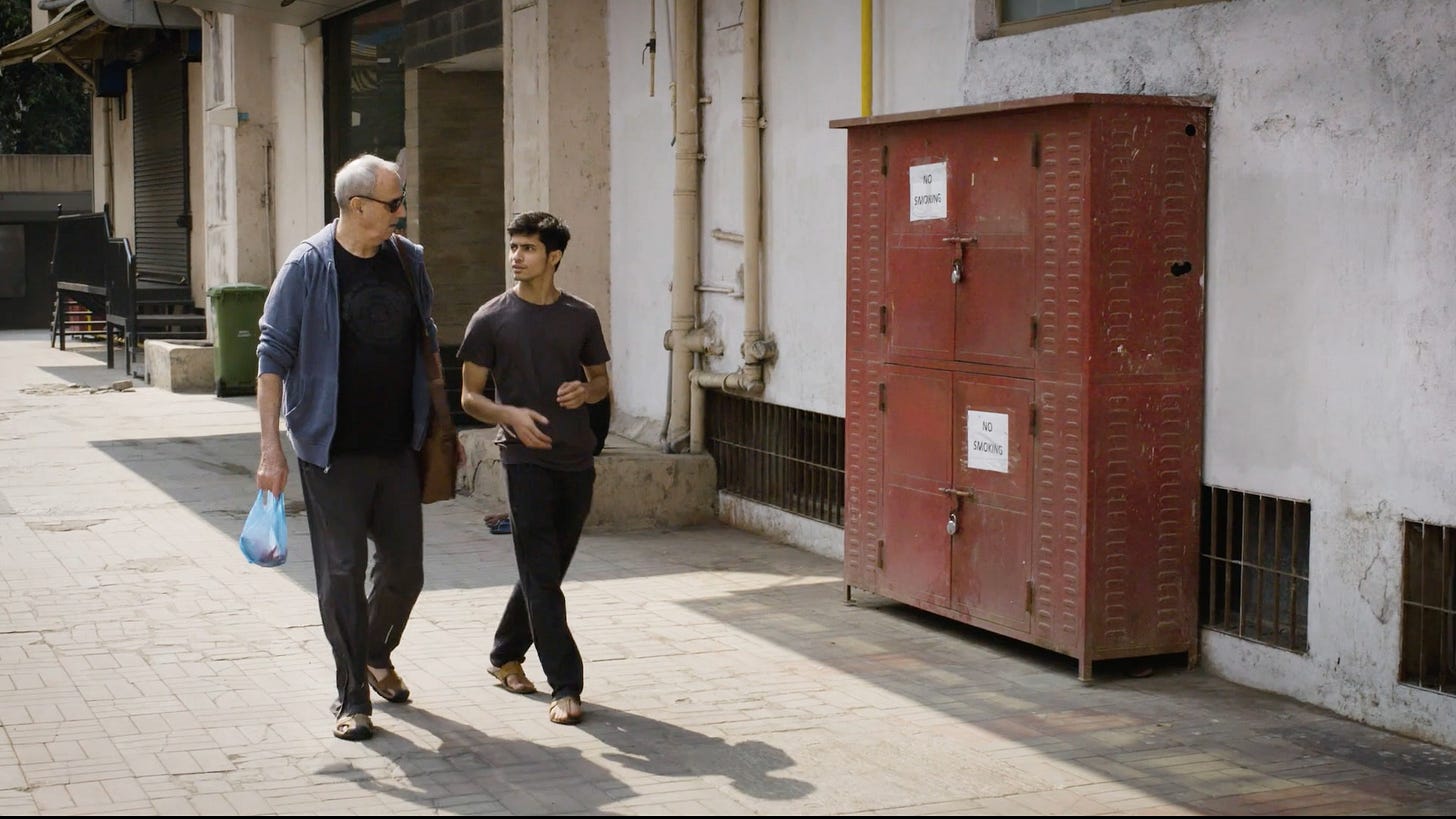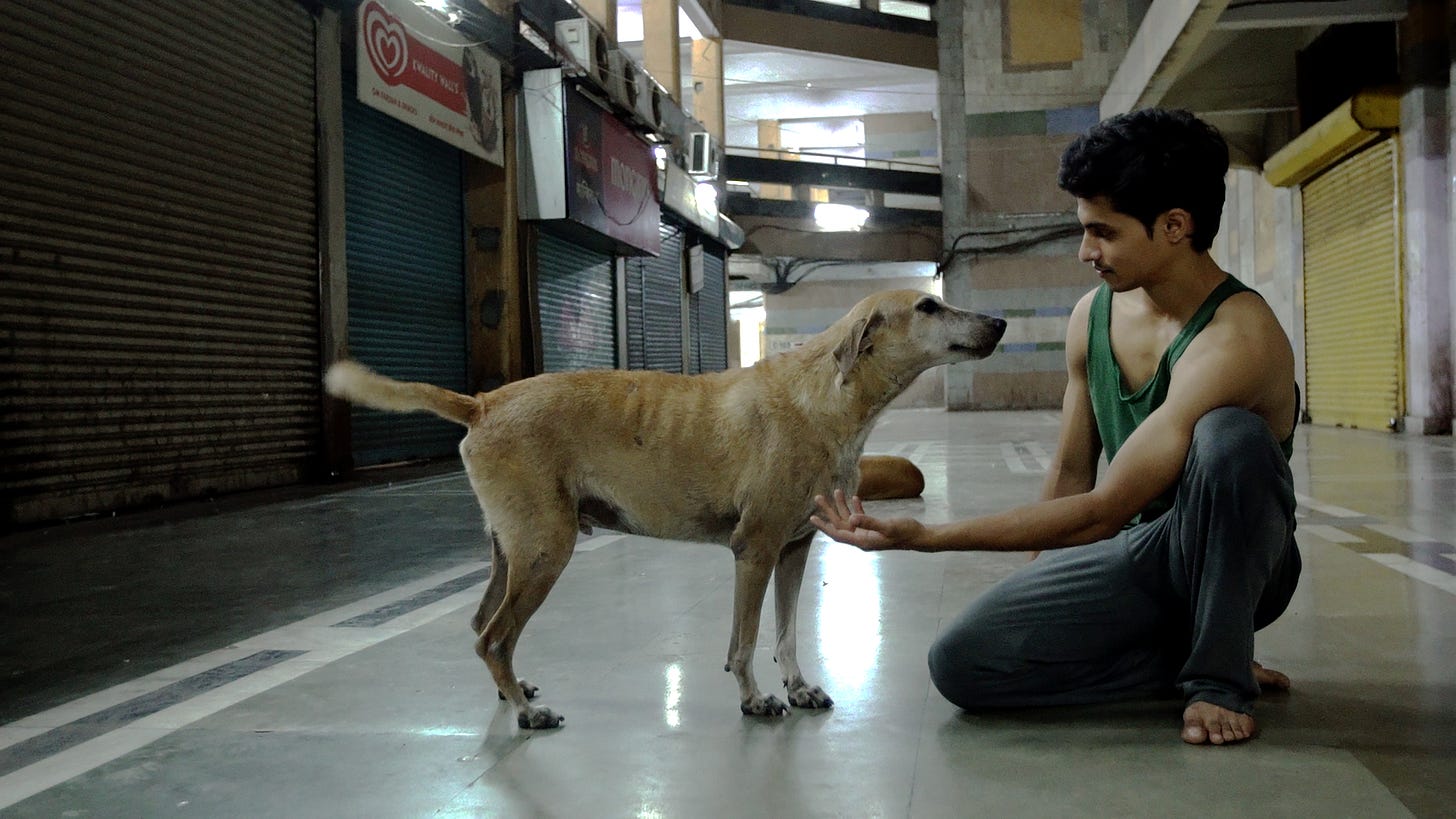Documentary Spotlight: Call Me Dancer
A young man from Mumbai is determined to make it as a professional dancer in this moving story about the resilience of artists
Manish Chauhan was a self-taught 21-year-old hip-hop dancer in Mumbai with oodles of raw talent but few resources. Then he started taking classes at Danceworx, a local school offering instruction in ballet, jazz, and other Western styles of dance.
There, he met Yehuda Ma’or, a distinguished but cantankerous 75-year-old ballet instructor who had come to teach in Mumbai as a last resort after being forced out of the ageist dance world.
The documentary Call Me Dancer follows Chauhan over five years as he fights to earn a living as a dancer, encountering numerous obstacles along the way, from injury to financial setbacks to COVID. There’s also his age: even though he’s just in his early 20s, Chauhan is already considered too old for many companies.
But Ma’or sees Chauhan’s potential and encourages him to pursue his dream, helping him find places to dance in Israel and later New York City.
Leslie Shampaine, who directed the film with Pip Gilmour, recently spoke to The Contrarian about the long process of making Call Me Dancer, a story of perseverance and intergenerational mentorship that will resonate with anyone who has struggled in the name of art.
How to watch: Call Me Dancer airs Sunday, June 29 on the PBS World channel. It will also be available to stream on the PBS app and on YouTube.
What inspired you to make this film?
I was a professional ballet dancer, and then when I left the stage and retired in my 30s, I moved into documentary and worked as a producer, making films for PBS, Discovery, and National Geographic. I knew Yehuda as a teacher and then as a friend. I knew that he had gone to India and found these kids. He was telling me all about it and was like, “Why don't you make a film about it?” That's where it started.
There are a lot of films about dance, but they're rarely told by an insider, by somebody who comes from the profession. A lot of dance films are exaggerated. Girls have bloody toes from their pointe shoes. It's very competitive. There's low pay.
But there's much more to it than that. Why do so many people want to become dancers? Here's this kid, Manish, from a slum in Mumbai, who's never seen Western ballet, but has a passion for dance. When I met him, I totally understood that passion, so I wanted to really tell that story.
Making a living as a dancer is hard anywhere. But what are the particular challenges Manish faces?
India has 2000 years of dance. They have a wonderful dance tradition. But there is really no ballet at all. There's not a lot of Western forms of dance. When you're poor, whether you're in India or you're in the United States, you don't have access to a lot of things that kids with money do. Parents who have money can put their kids in classes. That's the same here.
Another thing that is a disadvantage in India is there are few dance companies. It’s not supported at all. That’s a disadvantage if you don’t have an example in front of you to see that it’s an art form that’s accepted in your culture.
What does Yehuda find in India?
He had been fired from his last job, and was very frustrated. He became very curmudgeonly and angry, because he had taught so many esteemed and amazing dancers like Rudolf Nureyev and Natalia Makarova. But they were like, “No, we want somebody younger.” He went to India, where they have a different culture. As Ashley [Lobo, founder of Danceworx] points out, if you are older and you have wisdom, then we call you a guru. So the students were just very open to him.
He found these kids and saw the talent and saw that they were hungry to learn. And he completely changed. His transformation from when I started filming him until the end is pretty amazing. He didn't even recognize himself when I was editing the film. As our population is aging and living longer, ageism and social isolation are huge factors.
From your perspective, what makes Manish a special dancer?
It's what makes anybody a special performer. It's what's inside. It's his heart. You can be really talented or have good technique, but to become a performing artist, you need a lot more than that. There’s talent, but then there’s perseverance, resilience.
When you meet Manish, he is actually quite introverted. But we started having these film screenings and he would be onstage. He is so charismatic. He's so charming. The audiences were just in love with him. He was making jokes, and they're laughing. I just was like, “Wow.” This is what performers are like. You put them on that stage and they just open up.
What can you tell us about Yehuda and Manish now?
Manish is still at Peridance [a New York dance company]. This is the last month he's there. Then he is going back to India to do work. He wants to give back to Indian students what was given to him. If it weren't for Yehuda, he says, “I would still be in the slums, and maybe I'd be lucky and be driving a taxi.” He wants to show the film and to mentor other students.
Yehuda is still in Mumbai. He's in his 80s, and he says, “As long as I can get out of that bed, I'm going to keep teaching.”
Are you still dancing?
I can’t stop. I love it. I've recently learned a lot that I didn't know about dance. It is one of the only physical activities that can offset dementia. You're using multiple parts of the brain at the same time. You're listening to music, you're moving in space, you're having to think of the combination. There's a lot of stuff going on in your brain at the same time. It lights everything up. So keep dancing.
Meredith Blake is the Culture Columnist for The Contrarian.








This is inspirational in so many ways. Thank you for posting. I can't wait to see the film.
Enjoyed that, thank you! Happy it's on PBS so I can watch.